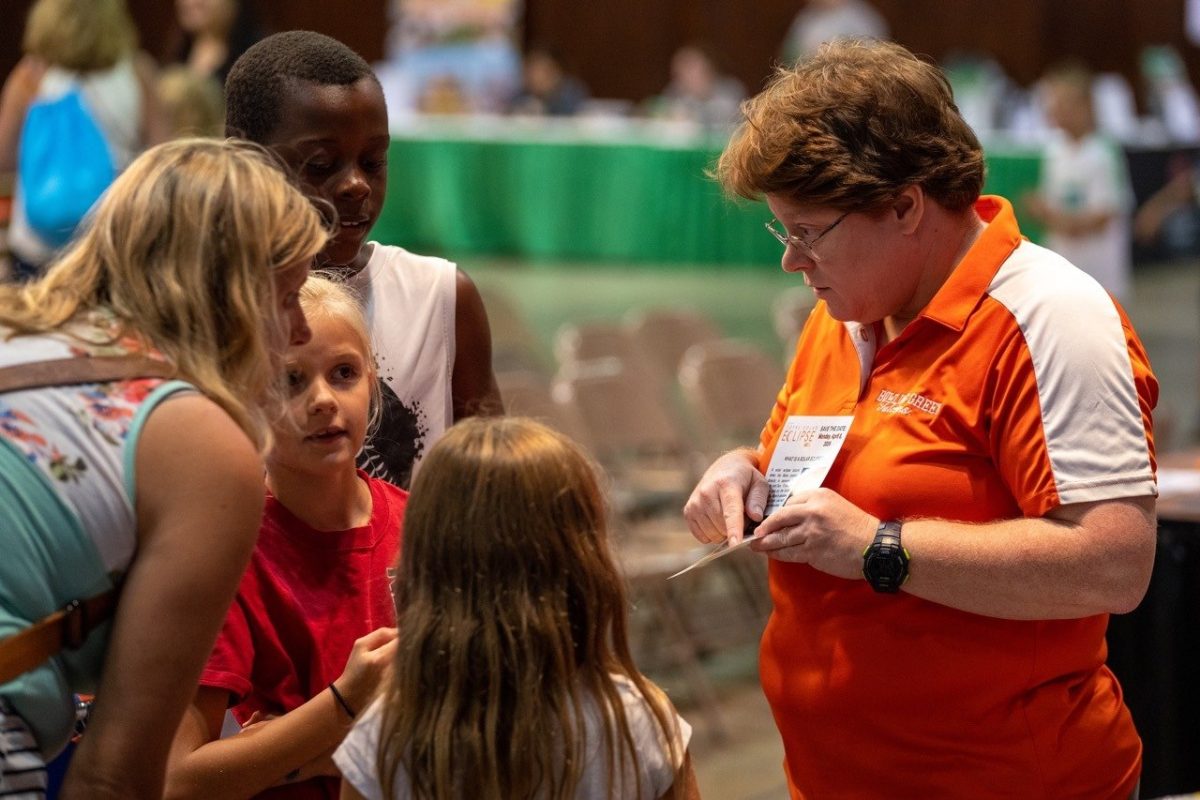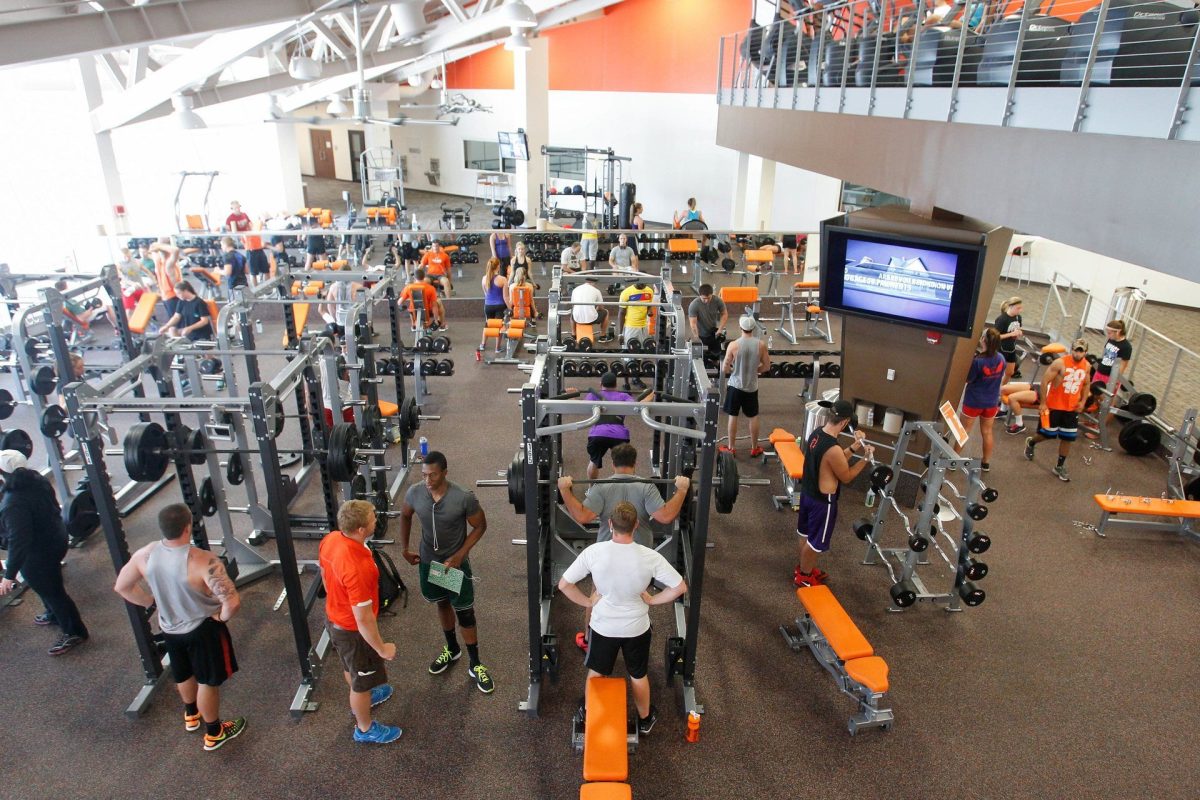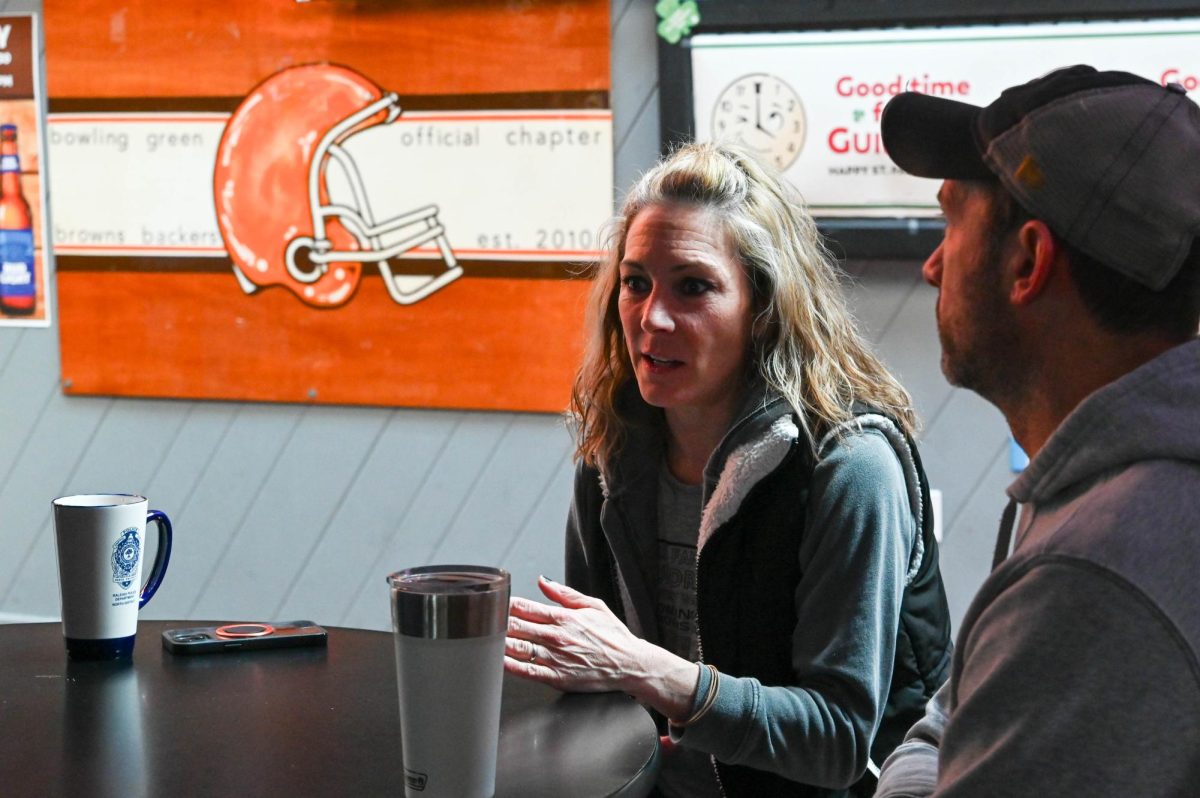Fewer classes being offered by the University may seem like an inconvenience for some students, but there is reasoning behind which classes are available and which ones are not.
The main reason some classes are not being offered can be attributed to low enrollment at the University.
“That obviously influences the number of courses offered,” said Sue Houston, the vice provost for Academic Affairs.
Enrollment at the University has been decreasing over the last couple of years.
In the fall of 2012, the number of students enrolled was 19,697. The 15-day enrollment numbers for fall 2014 was 19,408.
This academic year, there are approximately 32 fewer courses being offered.
In fall 2012, there were 1,500 courses offered and in fall 2013 there were 1468, which is about a 2 percent decrease, Houston said.
For some, it may seem like the University offers fewer and fewer classes each semester, but that is not the case.
Compared to other universities, the offerings here are much more extensive.
“There were about 145 new courses offered in the fall that had never been offered before,” Houston said.
Sheri Wells-Jensen, an associate professor in the English department and the Faculty Senate chair, said she is not surprised that, despite the different classes cut, there are new classes being offered each semester.
“You can’t suppress the urge to offer new things,” she said. “I don’t think anyone is going to say reduction of faculty is a good thing or reduction of classes is a good thing, but we may be able to redeem some of that by being clever.”
Students may feel like more courses have been cut, but they should also consider the different sections of each course offered.
“You may have a biology 2040 course, there may be 10 different sections of that one course,” Houston said. “All of those biology sections would count as one offering.”
The number of sections each course has is based on the demand for the course.
Houston said because there are fewer students enrolled, there are fewer sections and classes needed.
There are some guidelines given by the University that dictate if a class will be offered or not, but the colleges and departments make the final decision.
Wells-Jensen said she thinks there is a link between the classes cut and the faculty cuts that occurred.
“If you have fewer classes, you have fewer faculty,” she said.
If the enrollment continues to go down, Wells-Jensen said the University will have to get creative with its resources.
“If that happens, the University administration and the faculty are going to have to work together to decide how we’re going to respond to that,” she said.
Despite new classes being added, some students still find the registration process difficult.
Senior Mary O’Sullivan, a psychology major, said when she was trying to get into her senior lab class there were only three sections available.
“I had to jump through a lot of hoops to get in the class so I could stay on track to graduate in May,” she said.













